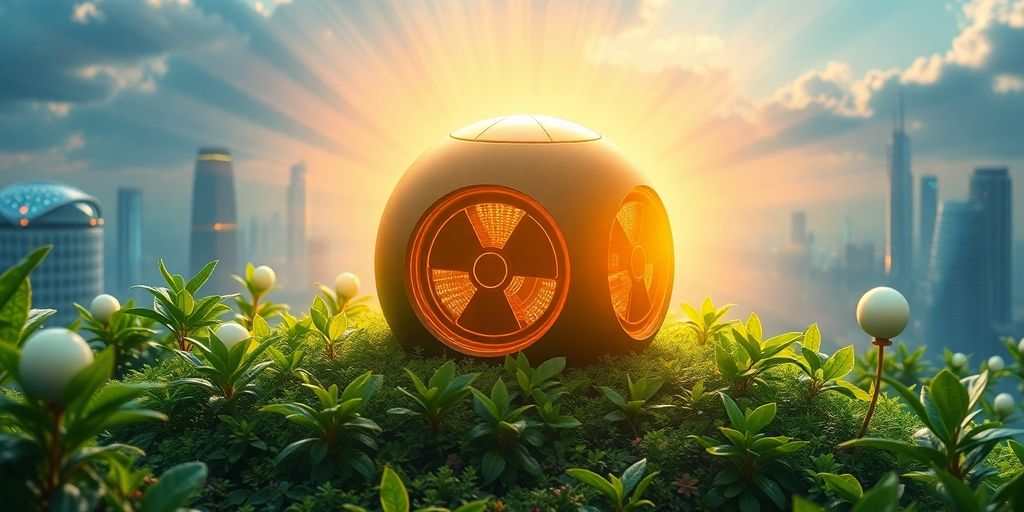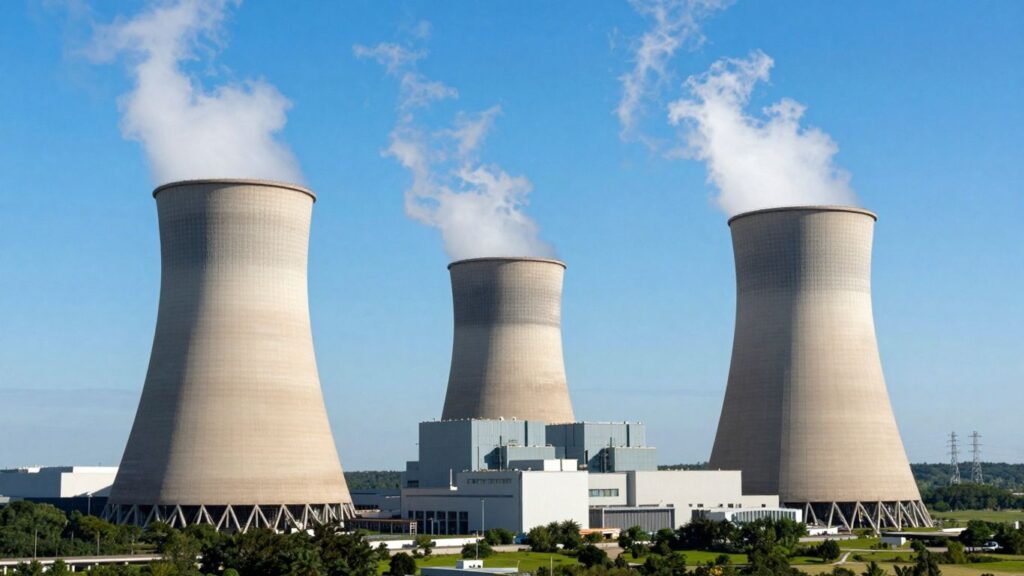India is exploring nuclear microreactors as a promising solution for clean and reliable electricity generation, particularly addressing the energy needs of remote areas like the Lakshadweep islands. These compact reactors offer a safer, more portable, and scalable alternative to traditional nuclear plants and fossil fuel-based power.
Key Takeaways
- Nuclear microreactors offer a climate-friendly electricity solution for India.
- They are safer, more portable, and scalable than conventional nuclear reactors.
- India is developing its first indigenous microreactor using thorium.
- Microreactors can be operational within two to three years and have long refueling cycles.
Addressing Energy Challenges
Many regions in India, including the Lakshadweep islands, rely heavily on diesel generators for electricity, which is both costly and environmentally damaging. While renewable energy sources are being pursued, their lower power output and the time-consuming nature of setting up large nuclear plants present challenges. Microreactors emerge as a viable third option, capable of powering large areas efficiently.
The Advantages of Microreactors
Microreactors are significantly smaller than conventional nuclear reactors, with power capacities typically up to 20 MWe compared to 1,000 MWe for large plants. This smaller scale reduces the radioactive inventory, making them inherently safer and eliminating the risk of severe accidents like core meltdowns. They can even use air as a cooling medium and can be placed near populated areas. Furthermore, microreactors can be designed for autonomous operation, requiring minimal human intervention, and have extended refueling cycles of 10 to 15 years.
India’s Microreactor Development
The Indian Youth Nuclear Society is actively designing India’s first indigenous microreactor, aligning with the "Make in India" and "Atma Nirbhar Bharat" initiatives. This microreactor will have a capacity of 10 MWe, pose no radiological risk, and can be constructed and transported within two years. It is designed to run for up to 15 years before refueling and can support applications such as captive power, green hydrogen generation, and desalination. A key advantage for India is the reactor’s ability to use thorium as fuel, a resource of which India holds the world’s largest reserves.
Cost and Deployment
While the per MWe cost of microreactors might be slightly higher than large conventional reactors initially, their lower initial investment and faster deployment timeline (two to three years compared to 10-15 years for large plants) offer a quicker return on investment. Mass production through "economics of volume" is expected to further reduce their cost.
India’s Nuclear Energy Landscape
Currently, nuclear energy accounts for only 3.1% of India’s total electricity generation. However, the government is committed to expanding nuclear power, with 10 indigenous pressurized heavy water reactors of 700 MW each approved for construction by 2031. The development of microreactors represents a strategic move to diversify and enhance India’s clean energy portfolio.












